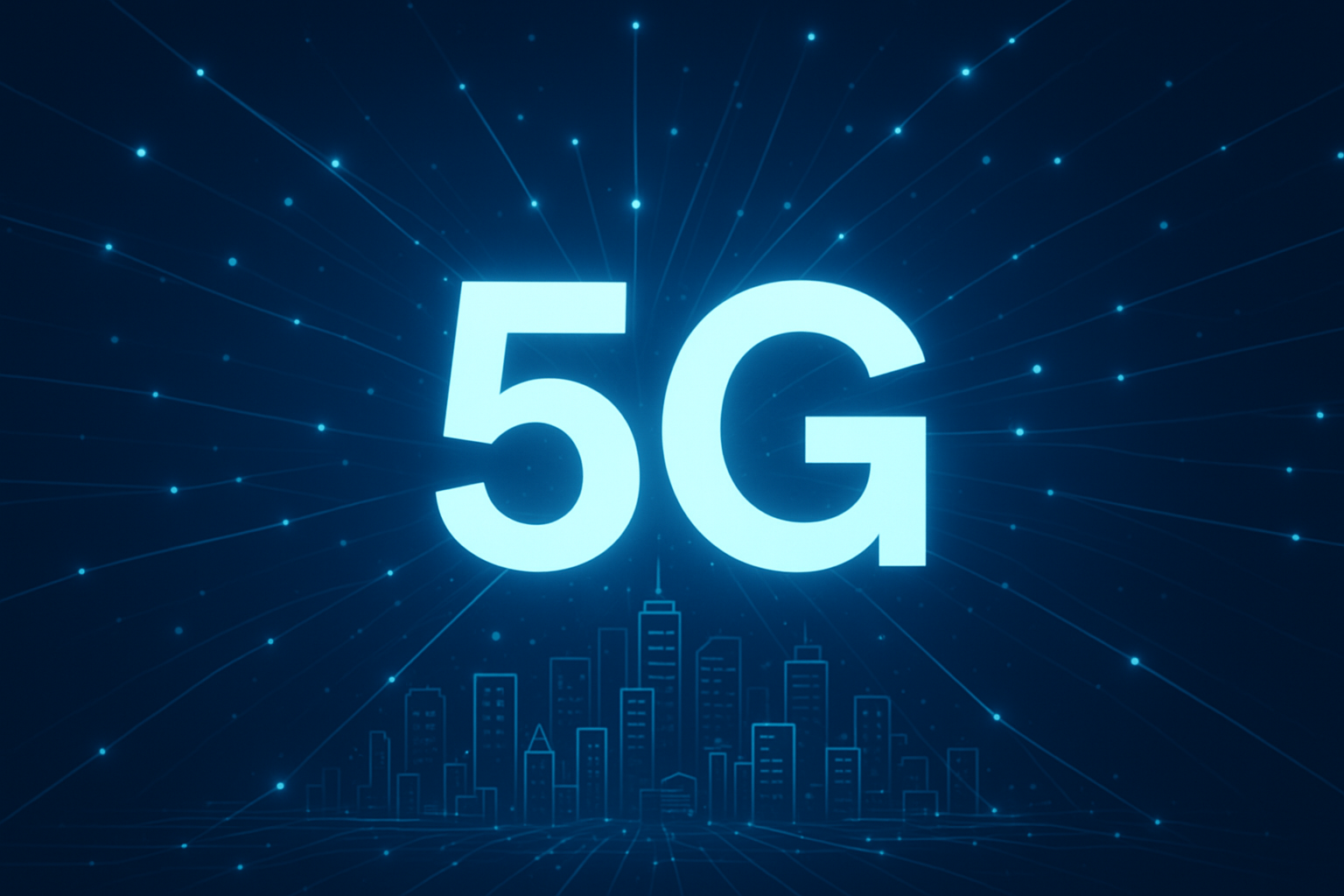Introduction
Remember the days when loading a YouTube video on your phone meant hitting play… then waiting, waiting, waiting—while that little buffering circle mocked you? Yeah, same. Then 4G came along, and suddenly streaming, TikTok scrolling, and online gaming on the go felt normal.
Now, everyone’s hyped about 5G. At first, I thought, “Is this just another marketing buzzword for faster internet?” But nope—it’s way bigger. 5G isn’t just about watching Netflix in ultra-HD without buffering. It’s about connecting everything: cars, cities, robots, factories—even your fridge (seriously).
Let’s break it down.
What Exactly Is 5G?
Let’s keep this simple.
1G (1980s): Just voice calls. Crackly, expensive, but magical at the time.
2G (1990s): Text messages. The “Nokia brick” era.
3G (2000s): Mobile internet, emails, and the rise of BlackBerry.
4G (2010s): Fast mobile internet. Streaming, gaming, social media—basically the smartphone era we live in.
5G (now): Ultra-fast, ultra-reliable, and able to connect millions of devices at once.
In plain English: 5G isn’t just faster; it’s a whole new foundation for the digital world.
A Quick Origin Story
2012–2015: Telecom companies start experimenting with post-4G technology.
2018: South Korea and the US launch early 5G networks.
2020 onward: Rollouts expand globally, though coverage is still patchy.
I still remember the first time I tested a 5G speed demo at a tech event. The phone downloaded a full HD movie in seconds. My brain literally went: “Wait, did that just happen?!”
How 5G Works (No Geek Speak, Promise)
Here’s the gist:
1. Higher Frequencies: 5G uses new parts of the radio spectrum (millimeter waves) that can carry way more data.
2. Small Cells: Instead of just big towers, 5G relies on lots of small antennas closer together—like a web.
3. Massive MIMO: Think of it as antennas on steroids, sending/receiving data from many devices at once.
4. Low Latency: The lag between sending and receiving data drops to milliseconds.
So whether you’re gaming, driving a self-driving car, or doing remote surgery (yep, that’s real), the connection feels almost instant.
Why People Are Excited About 5G
Speed: 10–100x faster than 4G. We’re talking gigabit speeds.
Low Latency: Great for online games, VR, and real-time tasks.
Industry 4.0: Robots, factories, and logistics powered by seamless connectivity.
Healthcare: Remote surgeries and real-time monitoring become more reliable.
It’s basically the backbone of the “sci-fi future” we keep imagining.
The Challenges (Because Nothing’s Perfect)
Coverage: 5G needs tons of antennas. Rural areas may lag behind.
Cost: Building 5G infrastructure isn’t cheap.
Battery Life: Phones and devices using 5G often drain faster.
Health Myths: Conspiracy theories about 5G causing illness spread fast—but there’s no scientific evidence.
Compatibility: Not all devices support it yet.
I’ll be honest: the first time my 5G signal dropped back to 4G in the middle of a video call, I thought, “Well, so much for the future.” It’s still a work in progress.
Popular 5G Use Cases
Smart Cities: Traffic lights, cameras, and utilities all connected.
Self-Driving Cars: Real-time communication between vehicles.
Augmented Reality (AR) & Virtual Reality (VR): Smoother, lag-free experiences.
Healthcare: Remote surgeries, telemedicine, connected medical devices.
Entertainment: Cloud gaming, 8K streaming, interactive media.
The Future of 5G
Here’s the kicker: 5G isn’t the end—it’s the beginning.
Some experts already whisper about 6G (coming around 2030). But before we leap ahead, 5G itself could reshape industries, economies, and daily life. Think fewer cables, fewer delays, and more “everything just works” moments.
Personally, I think we’re in the “early Wi-Fi” stage of 5G. Remember when Wi-Fi was clunky, unreliable, and slow? Now it’s invisible and essential. That’s likely what 5G will become.
Quick FAQ
Q: Can I use 5G right now?
A: Yes, if you’re in a city with coverage and have a 5G phone.
Q: Is 5G dangerous?
A: No—scientific studies haven’t found harmful effects. The myths are just that: myths.
Q: Will 5G replace Wi-Fi?
A: Not entirely. They’ll coexist—Wi-Fi for indoors, 5G for mobility.
Q: Is 5G just about faster Netflix? A: Definitely not. It’s about powering industries, cities, and future tech
